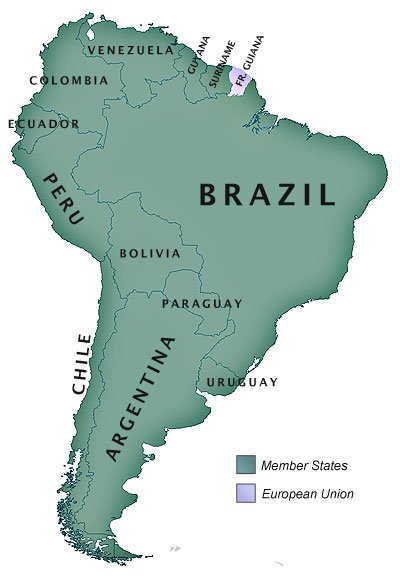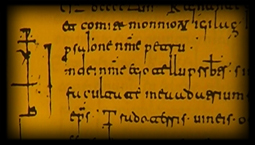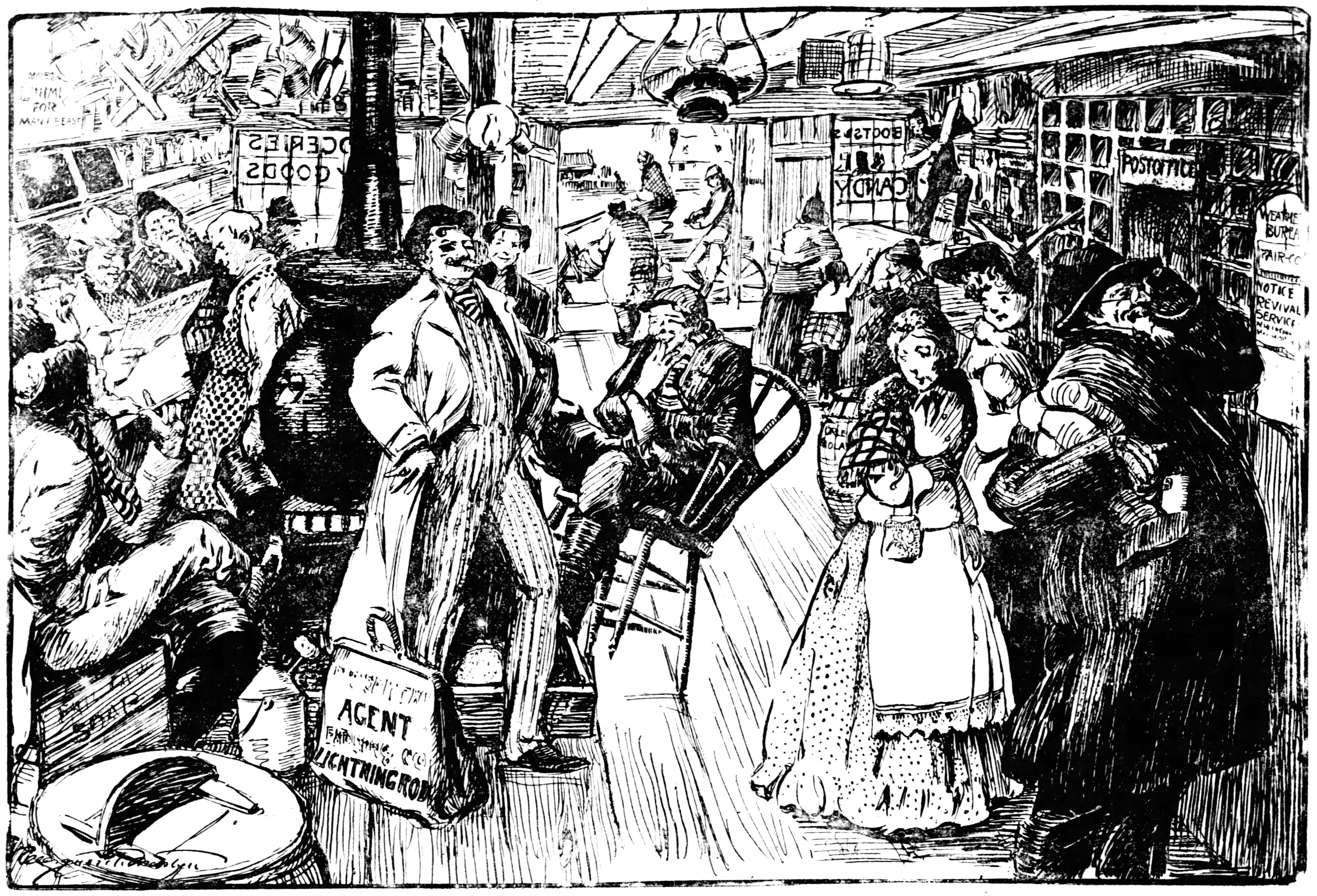|
La Gaceta (Tucumán)
''La Gaceta'' is a daily newspaper founded in San Miguel de Tucumán, Argentina, and the most prominent in the Argentine Northwest. Spot History Editorial stance ''La Gaceta'' was established on August 4, 1912, by Alberto García Hamilton, an Uruguayan publisher who left for neighboring Argentina following a political dispute. ''La Gaceta'' earned a reputation for conservatism, and was opposed to Populism, populist leader Hipólito Yrigoyen during the 1920s, as well as to the developmentalism, pro-development administration of Arturo Frondizi, who had the paper censored in 1960.''National Geographic Magazine''. August 1986. Design and format The daily has historically been among the most modern in the region, being the first in South America to use offset printing, and the first to be fully computerized and use the largest newspaper format characterized by long vertical pages called broadsheet. It is currently the largest and most influential newspaper in Tucumán Province, an ... [...More Info...] [...Related Items...] OR: [Wikipedia] [Google] [Baidu] |
Newspaper
A newspaper is a Periodical literature, periodical publication containing written News, information about current events and is often typed in black ink with a white or gray background. Newspapers can cover a wide variety of fields such as politics, business, sports, art, and science. They often include materials such as opinion columns, weather forecasts, reviews of local services, Obituary, obituaries, birth notices, crosswords, editorial cartoons, comic strips, and advice columns. Most newspapers are businesses, and they pay their expenses with a mixture of Subscription business model, subscription revenue, Newsagent's shop, newsstand sales, and advertising revenue. The journalism organizations that publish newspapers are themselves often Metonymy, metonymically called newspapers. Newspapers have traditionally been published Printing, in print (usually on cheap, low-grade paper called newsprint). However, today most newspapers are also Electronic publishing, published on webs ... [...More Info...] [...Related Items...] OR: [Wikipedia] [Google] [Baidu] |
South America
South America is a continent entirely in the Western Hemisphere and mostly in the Southern Hemisphere, with a considerably smaller portion in the Northern Hemisphere. It can also be described as the southern Subregion#Americas, subregion of the Americas. South America is bordered on the west by the Pacific Ocean, on the north and east by the Atlantic Ocean, and to the south by the Drake Passage; North America and the Caribbean Sea lie to the northwest. The continent includes twelve sovereign states: Argentina, Bolivia, Brazil, Chile, Colombia, Ecuador, Guyana, Paraguay, Peru, Suriname, Uruguay, and Venezuela; two dependent territory, dependent territories: the Falkland Islands and South Georgia and the South Sandwich Islands; and one administrative division, internal territory: French Guiana. The Dutch Caribbean ABC islands (Leeward Antilles), ABC islands (Aruba, Bonaire, and Curaçao) and Trinidad and Tobago are geologically located on the South-American continental shel ... [...More Info...] [...Related Items...] OR: [Wikipedia] [Google] [Baidu] |
Spanish-language Newspapers
Spanish () or Castilian () is a Romance language of the Indo-European language family that evolved from the Vulgar Latin spoken on the Iberian Peninsula of Europe. Today, it is a global language with 483 million native speakers, mainly in the Americas and Spain, and about 558 million speakers total, including second-language speakers. Spanish is the official language of 20 countries, as well as one of the six official languages of the United Nations. Spanish is the world's second-most spoken native language after Mandarin Chinese; the world's fourth-most spoken language overall after English, Mandarin Chinese, and Hindustani (Hindi-Urdu); and the world's most widely spoken Romance language. The country with the largest population of native speakers is Mexico. Spanish is part of the Ibero-Romance language group, in which the language is also known as ''Castilian'' (). The group evolved from several dialects of Vulgar Latin in Iberia after the collapse of the Western R ... [...More Info...] [...Related Items...] OR: [Wikipedia] [Google] [Baidu] |
Newspapers Established In 1912
A newspaper is a periodical publication containing written information about current events and is often typed in black ink with a white or gray background. Newspapers can cover a wide variety of fields such as politics, business, sports, art, and science. They often include materials such as opinion columns, weather forecasts, reviews of local services, obituaries, birth notices, crosswords, editorial cartoons, comic strips, and advice columns. Most newspapers are businesses, and they pay their expenses with a mixture of subscription revenue, newsstand sales, and advertising revenue. The journalism organizations that publish newspapers are themselves often metonymically called newspapers. Newspapers have traditionally been published in print (usually on cheap, low-grade paper called newsprint). However, today most newspapers are also published on websites as online newspapers, and some have even abandoned their print versions entirely. Newspapers developed in the 17t ... [...More Info...] [...Related Items...] OR: [Wikipedia] [Google] [Baidu] |
Mass Media In San Miguel De Tucumán
Mass is an Intrinsic and extrinsic properties, intrinsic property of a physical body, body. It was traditionally believed to be related to the physical quantity, quantity of matter in a body, until the discovery of the atom and particle physics. It was found that different atoms and different elementary particle, elementary particles, theoretically with the same amount of matter, have nonetheless different masses. Mass in modern physics has multiple Mass in special relativity, definitions which are conceptually distinct, but physically equivalent. Mass can be experimentally defined as a measure (mathematics), measure of the body's inertia, meaning the resistance to acceleration (change of velocity) when a net force is applied. The object's mass also determines the Force, strength of its gravitational attraction to other bodies. The SI base unit of mass is the kilogram (kg). In physics, mass is Mass versus weight, not the same as weight, even though mass is often determined by ... [...More Info...] [...Related Items...] OR: [Wikipedia] [Google] [Baidu] |
Daily Newspapers Published In Argentina
Daily or The Daily may refer to: Journalism * Daily newspaper, newspaper issued on five to seven day of most weeks * ''The Daily'' (podcast), a podcast by ''The New York Times'' * ''The Daily'' (News Corporation), a defunct US-based iPad newspaper from News Corporation * ''The Daily of the University of Washington'', a student newspaper using ''The Daily'' as its standardhead Places * Daily Township, Dixon County, Nebraska, United States People * Bill Daily (1927–2018), American actor * Bryson Daily (born c. 2003), American football player * Elizabeth Daily (born 1961), American voice actress * Gretchen Daily (born 1964), American environmental scientist * Joseph E. Daily (1888–1965), American jurist * Thomas Vose Daily (1927–2017), American Roman Catholic bishop Other usages * Iveco Daily, a large van produced by Iveco * Dailies, unedited footage in film See also * Dailey, surname * Daley (other) * Daly (other) * Epiousion () is a Koi ... [...More Info...] [...Related Items...] OR: [Wikipedia] [Google] [Baidu] |
1912 Establishments In Argentina
Year 191 ( CXCI) was a common year starting on Friday of the Julian calendar. At the time, it was known as the Year of the Consulship of Apronianus and Bradua (or, less frequently, year 944 ''Ab urbe condita''). The denomination 191 for this year has been used since the early medieval period, when the Anno Domini calendar era became the prevalent method in Europe for naming years. Events By place Parthia * King Vologases IV of Parthia dies after a 44-year reign, and is succeeded by his son Vologases V. China * A coalition of Chinese warlords from the east of Hangu Pass launches a punitive campaign against the warlord Dong Zhuo, who seized control of the central government in 189, and held the figurehead Emperor Xian hostage. After suffering some defeats against the coalition forces, Dong Zhuo forcefully relocates the imperial capital from Luoyang to Chang'an. Before leaving, Dong Zhuo orders his troops to loot the tombs of the Han emperors, and then destroy Luo ... [...More Info...] [...Related Items...] OR: [Wikipedia] [Google] [Baidu] |
La Gaceta Tucuman
LA most frequently refers to Los Angeles, the second most populous city in the United States of America. La, LA, or L.A. may also refer to: Arts and entertainment Music *La (musical note), or A, the sixth note *"L.A.", a song by Elliott Smith on ''Figure 8'' (album) * ''L.A.'' (EP), by Teddy Thompson *''L.A. (Light Album)'', a Beach Boys album * "L.A." (Neil Young song), 1973 *The La's, an English rock band *L.A. Reid, a prominent music producer *Yung L.A., a rapper *Lady A, an American country music trio * "L.A." (Amy Macdonald song), 2007 *"La", a song by Australian-Israeli singer-songwriter Old Man River *''La'', a Les Gordon album Other media * l(a, a poem by E. E. Cummings *La (Tarzan), fictional queen of the lost city of Opar (Tarzan) *''Lá'', later known as Lá Nua, an Irish language newspaper *La7, an Italian television channel *LucasArts, an American video game developer and publisher * Liber Annuus, academic journal Business, organizations, and government agenc ... [...More Info...] [...Related Items...] OR: [Wikipedia] [Google] [Baidu] |
Tucumán Province
Tucumán () is the most densely populated, and the second-smallest by land area, of the provinces of Argentina. Located in the northwest of the country, the province has the capital of San Miguel de Tucumán, often shortened to Tucumán. Neighboring provinces are, clockwise from the north: Salta Province, Salta, Santiago del Estero Province, Santiago del Estero and Catamarca Province, Catamarca. It is nicknamed El Jardín de la República (''The Garden of the Republic''), as it is a highly productive agricultural area. Etymology The word ''Tucumán'' probably originated from the Quechua languages. It may represent a deformation of the term ''Yucumán'', which denotes the "place of origin of several rivers". It can also be a deformation of the word ''Tucma'', which means "the end of things". Before Spanish colonization, the region lay in the outer limits of the Inca empire. History Before the Spanish colonization of the Americas, Spanish colonization, this land was inhabited ... [...More Info...] [...Related Items...] OR: [Wikipedia] [Google] [Baidu] |
Broadsheet
A broadsheet is the largest newspaper format and is characterized by long Vertical and horizontal, vertical pages, typically of in height. Other common newspaper formats include the smaller Berliner (format), Berliner and Tabloid (newspaper format), tabloid–Compact (newspaper), compact formats. Historically, the broadsheet format emerged in the 17th century as a means for printing Broadside ballad, musical and popular prints, and later became a medium for political activism through the reprinting of speeches. In Britain, the broadsheet newspaper developed in response to a 1712 tax on newspapers based on their page counts. Outside Britain, the broadsheet evolved for various reasons, including style and authority. Broadsheets are often associated with more intellectual and in-depth content compared to their tabloid counterparts, featuring detailed stories and less Sensationalism, sensational material. They are commonly used by newspapers aiming to provide comprehensive cover ... [...More Info...] [...Related Items...] OR: [Wikipedia] [Google] [Baidu] |
Offset Printing
Offset printing is a common printing technique in which the inked image is transferred (or "offset") from a plate to a rubber blanket and then to the printing surface. When used in combination with the lithography, lithographic process, which is based on the repulsion of oil and water, the offset technique employs a flat (planographic printing, planographic) image carrier. Ink rollers transfer ink to the image areas of the image carrier, while a water roller applies a water-based film to the non-image areas. The modern "web" process feeds a large reel of paper through a large press machine in several parts, typically for several meters, which then prints continuously as the paper is fed through. Development of the offset press came in two versions: in 1875 by Robert Barclay of England for printing on tinplate, tin and in 1904 by Ira Washington Rubel of the United States for printing on paper. Rubel's contemporary in Continental Europe was Kašpar Hermann, the author of the off ... [...More Info...] [...Related Items...] OR: [Wikipedia] [Google] [Baidu] |





